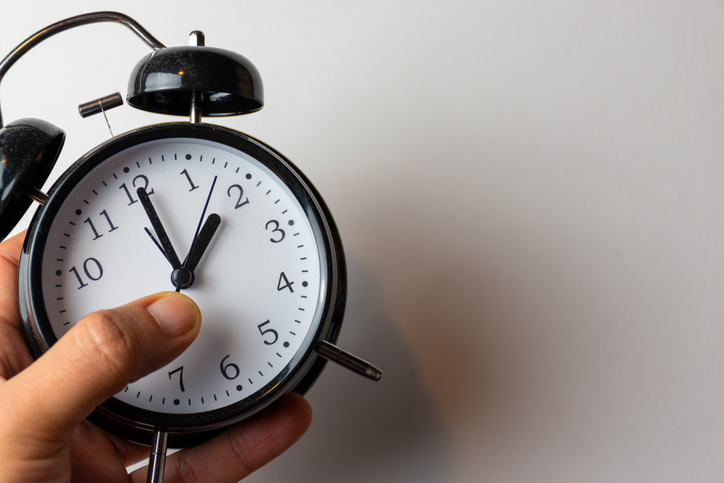Daylight Savings Time 2025: Everything You Need to Know

Daylight Savings Time (DST) is a biannual event that affects millions of people across the United States. Every spring, clocks move forward one hour, and in the fall, they move back. But why do we follow this practice, and what changes can we expect in 2025?
When Does Daylight Savings Time Start and End in 2025?
In 2025, Daylight Savings Time begins on Sunday, March 9, at 2:00 AM, when clocks will spring forward an hour.
It will end on Sunday, November 2, at 2:00 AM, when clocks fall back an hour. This shift means we lose an hour of sleep in the spring but gain an extra hour in the fall.
Why Do We Have Daylight Savings Time?
Daylight Savings Time was introduced to make better use of natural daylight. By shifting an hour of daylight from the morning to the evening, people can enjoy longer daylight hours in the evening, which can reduce energy consumption and promote outdoor activities. However, the effectiveness and necessity of DST remain subjects of debate.
States That Observe and Reject DST
Most U.S. states observe Daylight Savings Time, but Hawaii and most of Arizona do not. Several states have pushed for year-round DST, but federal law still requires congressional approval for such changes.
How to Prepare for the Time Change
Adjusting to the time change can be challenging. Here are a few tips to make the transition smoother:
- Go to bed earlier a few days before the change to gradually adjust your internal clock.
- Expose yourself to natural light in the morning to help reset your circadian rhythm.
- Avoid caffeine and electronics before bedtime to improve sleep quality.
- Update your clocks the night before to avoid confusion in the morning.
The Future of Daylight Savings Time
There have been discussions about making DST permanent to eliminate the biannual clock changes. The Sunshine Protection Act, which aims to make DST year-round, has been introduced multiple times in Congress but has yet to be passed into law.















